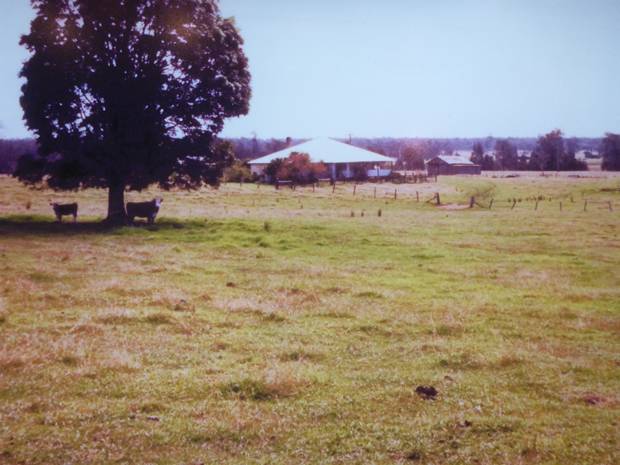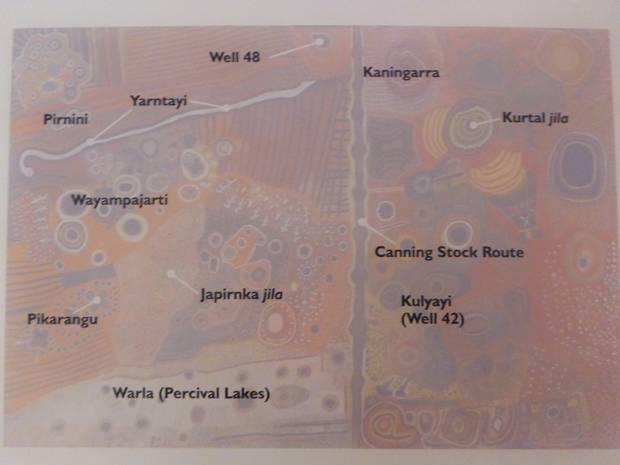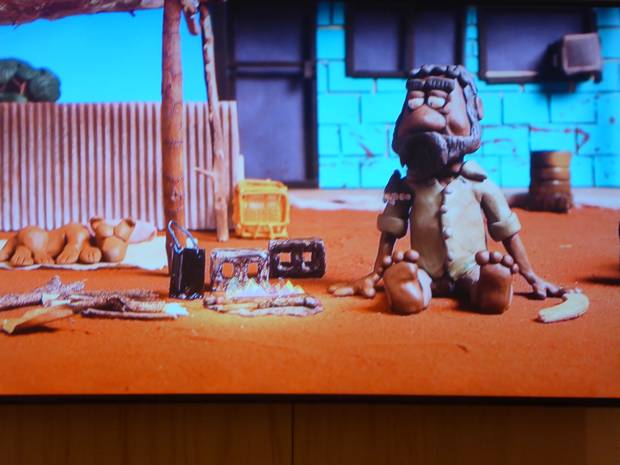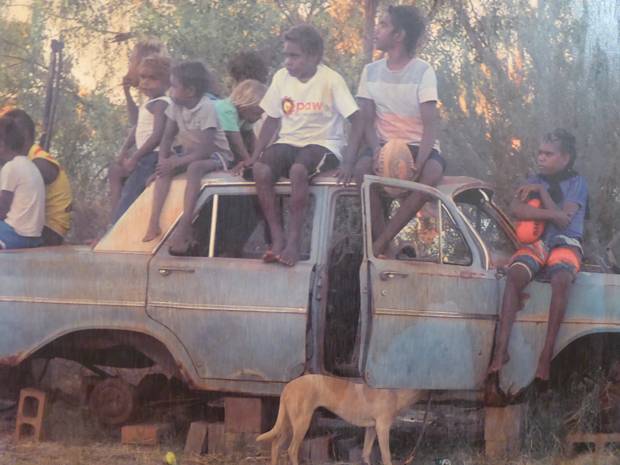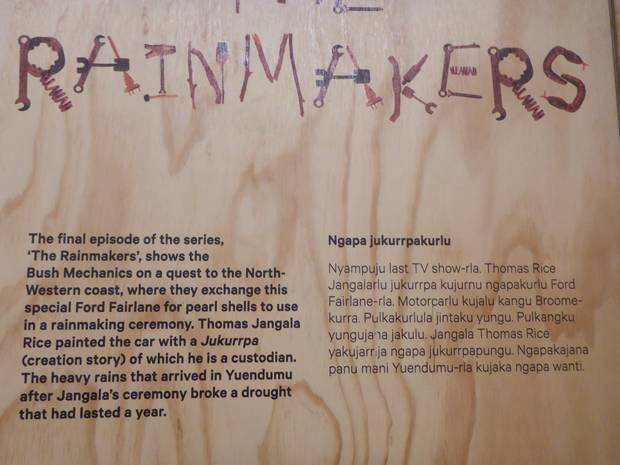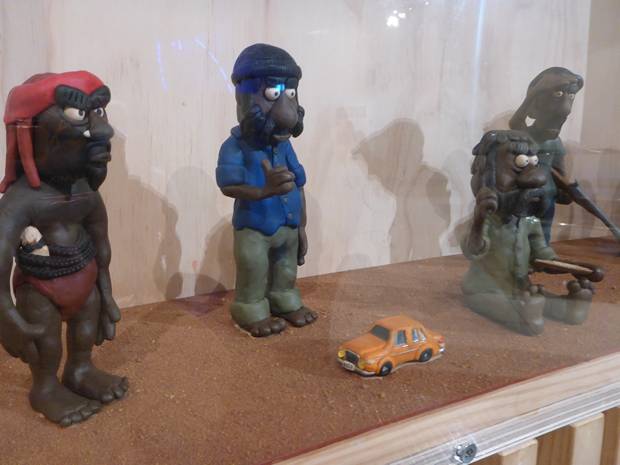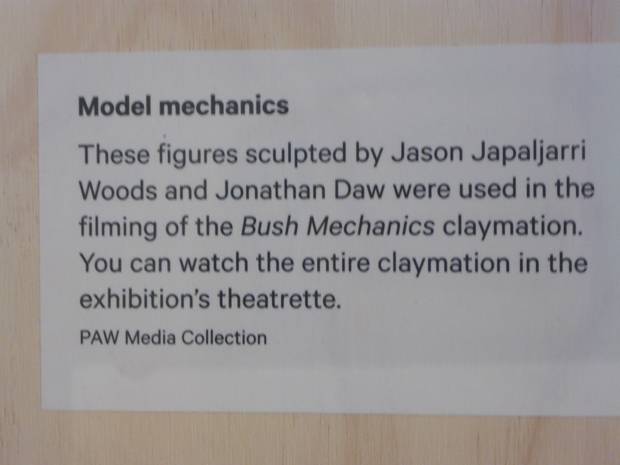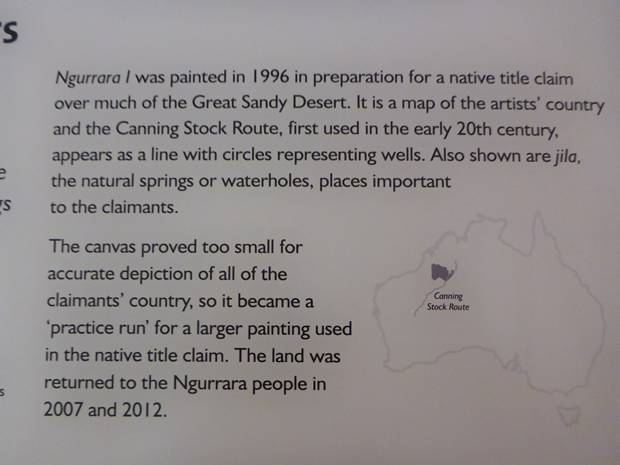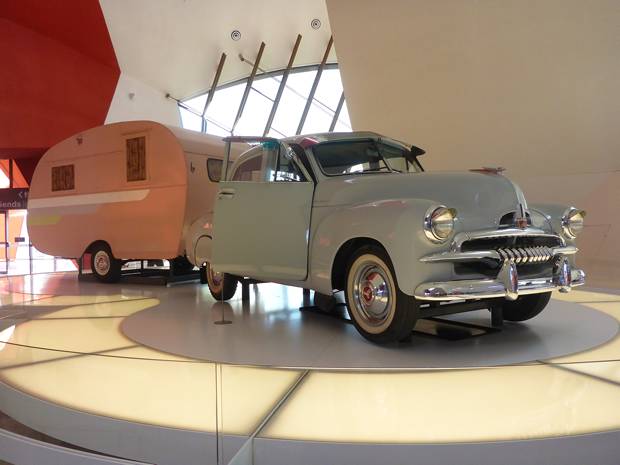Fw: Canberra a Curate's Egg

|
Canberra, a Curate’s Egg In retrospect, to express an opinion of Canberra, Australia’s parliamentary capital city, as we have often had to do since leaving it, one’s view has to look at the city in all of its parts. Like the city itself which has no distinguishable centre and therefore no heart, Canberra is not the sum of its parts, it is the virtue or otherwise of the parts alone. Let me explain. As you may have probably gathered I try to avoid putting my own views on big issues into the blog, preferring to bring you the facts and let you form your own opinions. So that is what I will try to do over the next few blogs. Crossing the green coastal belt on the train south west towards the capital we happily ate our lunch, brought to us airplane style by stewards who also pushed nice trolleys like drinks cabinets on wheels. The green urban and suburban areas were soon replaced with sheep stations, wide open spaces and fewer trees. Remember The Thorn Birds, with Richard Chamberlain all those years ago and the house name of the sheep station was Drogheda. Well there are plenty of Drogheda style homes in the rural south east. The grass became sparse and peregrine falcons hovered above their prey awaiting their opportunity. Wind turbines turned lazily on the limestone plains near Goulburn and frightened sheep ran away from the train as the lady driver took us onwards. New single storey estates appeared to be built in the middle of nowhere with just the train service their connection to the outside world. Dark green pine plantations in the distance with prettier natural woodland nearby and a deep rocky gorge with a twisted rusty car at the bottom. Queanbeyan I believe has a river that leads to the Tasman and from there we slowly descended to the station on the outskirts of Canberra, in an area like a village complete with a curious grey kangaroo watching us as we came to a stop. Our Youth Hostel room in Akuna St looked out over a quiet green square and was set up for a double and single bed, the latter tucked underneath the double so we had plenty of room. I had brought tea, coffee and sugar from Zoonie but it stayed in my bag. The ‘City’ area where we were is under development at present. It is dotted with the administrative offices required to run the country, so the hand full of bars and restaurants in the area are designed as much for young professionals winding down after a working day as they are for tourists. We shopped at Coles, Australia’s Tesco, for breakfasts and evening meals and relaxed in our room listening to our little black tranny and nibbling Arnott’s Monte Carlo cream and chewy jam sandwich biscuits ready for the free bus tour in the morning. Michael was a breath of fresh air. His free culture bus tour took exactly an hour and he talked for the duration giving us a humorous and light hearted account of his city. 5 million trees planted to create ‘The Bush Capital’ which surrounds the artificial Lake Burley Griffin created by stopping up the Molonglo River. The name of the lake comes from the couple who started designing the city back in 1911, Walter Burley Griffin and Marion Mahony Griffin using various geometrical shapes whose axes aligned with significant landmarks of both the architectural and topographical kind. Their design emphasised and reflected the achievements of the first white Australians, but that is not the impression one gets today. More about that later. The tour was once conducted with Hop on Hop off buses but at $40 per adult per day this was understandably unpopular. The impression we got was that the city is struggling to attract tourist interest. As Michael said most residents wonder why anyone would want to visit this new city so far from the lovely beaches and historical sites of Australia. The city was located inland to protect it from risk of invasion, with WW1 looming you can understand that. It was slow to develop because of the two WWs draining the male population and finances. Also as time progressed the Australian conscience was beginning to realise that without any thought of consultation or discussion with the indigenous clans that lived there the planners had plonked their new city on ancient and sacred Aboriginal meeting places. Public opinion which expressed unease about this had to be listened to and the rights of the original inhabitants acknowledged, a slow painful process which is ongoing. “Uloo” Michael would say to those getting off the bus. They looked at him sympathetically, “It means goodbye and have a good day in Aborigine!” “Cook’s fountain runs only from 11.00am to 2.00pm because of all the green algae coming down the river. Aerating the water helps it to grow.” So Cook was dry as we passed by on our second circuit. These little buses are great if you’re a little weary and flagging in the heat. Sometimes we’d clamber on for an hour’s rest in a nice air-conditioned, comfy seated moving room. But this time we were on our way to The National Museum of Australia where one of the first exhibits in the main foyer was a Holden Sedan and tear drop caravan. The single lady owner looked after her pride and joy by carefully garaging it after each trip and lovingly laid blankets over it, the result is an immaculate car as perfect as when it left the showroom. The story of another lady, Muriel Mcphee is told through her beautiful needlework. Born in 1898 on the family’s dairy farm Muriel loved to help her brother with the milking. A picture shows the farmhouse where she lived all her long life. Secretly she met and courted a young man and they became engaged so she borrowed her mother’s Winner sewing machine and started to sew and hand embroider her trousseau, all the garments and linens she would need in her marital home. Along with 60,000 other Australian men her soldier fiancé perished on a distant French battlefield and with him died her future as a wife and mother. For the rest of her life she farmed with her brother Bill, (they are pictured together) made all the clothing repairs for the family and created wedding dresses and christening robes for the small population around her. It wasn’t until after her death that her family found her exquisite trousseau secreted away in calico bags all around the farmhouse. While Michael suggested to one passenger what she should look out for during her next stop she advised him to visit the ‘Bush Mechanics’ exhibition and we were lucky enough to stumble upon it ourselves. You may have heard of it but it was new to us. The plasticine puppets reminded us of our Wallis and Gromit characters, because that is what they become as soon as the animators and cameramen get going on them isn’t it, real characters. There is a culture in the Aussie Outback of keeping cars going at all costs and by any available means. Punctures repaired by stuffing spinifex (ouch) into the wheel, a dry gear box fed with washing powder and water for example. And these immensely popular series about this group of ne’er do wells and their motoring escapades was part of the Australian pop culture for a number of years. We’re going to see if we can get hold of the series. On a more serious note is the beautiful painting on canvas of the Canning Stock Route through the Great Sandy Desert in the north-west. Painted as part of the land title claim which restored Aboriginal land to the rightful owners back in 2007 and 2012. Much land has since been returned but none as yet anywhere near the capital. Our next stop brought us into close proximity with one of our explorer giants, a man who opened up the south pacific by closing the lines on existing charts around New Zealand and Australia. You know who!
|




